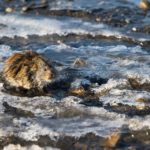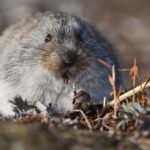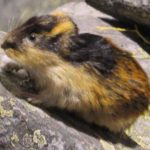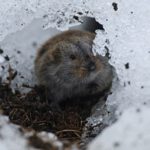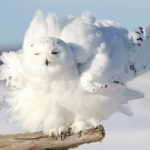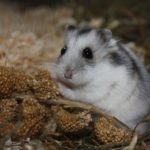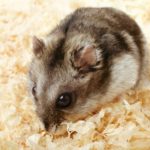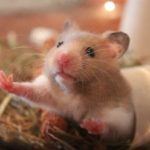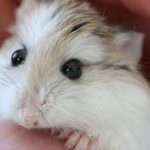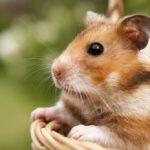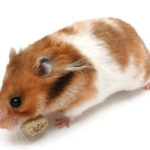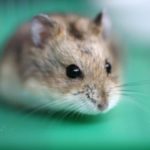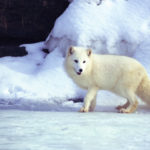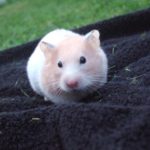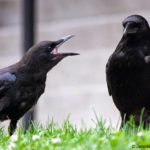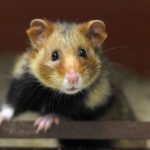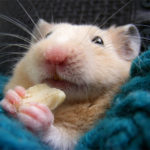What do lemmings eat in the summer and in winter?
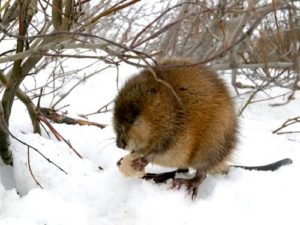 Lemmings – amazing inhabitants of the tundra, have long attracted the attention of scientists with their migrations and incredible fecundity. These small rodents from the hamster family play a very important role in the balance of the tundra. Paradoxically, without these small animals in the north, many species of animals and birds could not exist in these harsh places. The thing is that lemmings are the main type of food for northern predators.
Lemmings – amazing inhabitants of the tundra, have long attracted the attention of scientists with their migrations and incredible fecundity. These small rodents from the hamster family play a very important role in the balance of the tundra. Paradoxically, without these small animals in the north, many species of animals and birds could not exist in these harsh places. The thing is that lemmings are the main type of food for northern predators.
Looking at these nimble animals, you won’t think that it’s hard for them to live. These hamsters or hamsters are constantly in motion. They are very active, they always run somewhere, rush and chew all the time.
Moreover, lemmings do not eat horribly, but according to the regimen. They eat intensively for about an hour. Then one and a half – two hours hide and sleep. Then again – one hour food, two hours rest. Between these main processes for them, they still manage to look for food, walk and engage in life-extension procedures. But the main thing is food. And so around the clock, at any time of the year, even in summer, even in winter.
What do lemmings eat in the summer?
They are not finicky in food and almost omnivorous. But their diet, depending on the time of year, is forced to change. All this from the fact that in the Tundra there is a huge difference between summer and winter weather conditions. Summer is short, but warm, and sometimes even hot, and then the tundra is covered with a continuous carpet of vegetation. This is the time of year for lemmings expanse.
In summer, lemmings eat everything that grows in the area. These are herbaceous plants and berries: cloudberries, blueberries, blueberries, Veronica, bone, which are plentiful in summer in these parts. Lemmings are fed sedge, lloyd, mushrooms, plant seeds, and if they come across, then any insects. If the year is fruitful, due to the abundance of food, lemmings multiply rapidly and, as a result, an increase in numbers provides good nutrition to all living things, and to animals and birds, because for them lemmings themselves are food. But summer in these parts is very short and cold days come quickly.
What do they eat in winter?
Already in August, lush vegetation dies and in the fall the tundra remains covered with dried grass, and in some places it becomes almost bare. Only in low-lying areas are areas covered with lichen preserved. Now the lemmings menu is significantly reduced. The short northern summer ends and the long winter sets in. And now these aborigines of the Arctic are forced to start eating so-called pasture.
The main diet at this time is the reindeer moss, which is commonly called deer moss, but in fact it is not even moss, and not at all a plant, but a kind of lichen which, in principle, belongs to a special category of organisms, but nevertheless it is quite nutritious . Therefore, with a large number of reindeer moss, famines are not threatened by lemmings. Moreover, in addition to reindeer moss, lemmings feed on bark from shrubs, raking snow, get to the roots of various plants, and gnaw bark from the trunks of dwarf birches or polar willows. Green or peat moss is also a great help in the nutrition of lemmings.
They are happy to eat eggshells from abandoned bird nests. In deer pasture places under the snow there are old antlers dropped by deer, which lemmings can easily cope with, crushing them into small pieces with their powerful front incisors. When a cold and snowstorm occurs, lemmings do not hibernate, but lead an active lifestyle. Under the snow in a mossy swamp litter or inside the bumps, they make spacious burrows, with deep passages, make reserves there and breed offspring. Digging tunnels under the snow, they extract the roots of plants and thereby replenish their diet on warm days, rise outside.
What do lemmings eat?
They eat a lot of lemmings. An adult animal can eat food twice a day by weight twice as much as it weighs itself. Therefore, it is not surprising that the places where lemmings live sometimes they empty completely. This does not happen often, once every few years. But when this happens, lemmings are forced to look for new places to stay in order to survive. And then, well-known mass migrations of lemmings happen. First, one at a time, then gathering in huge living avalanches, lemmings move in one direction they only know, eating everything in their path. If there are ponds on their way, this does not stop them, they rush into the water and swim to the other shore, and then move on. And although during such transitions a significant part of them perishes, it saves the lives of the survivors.
